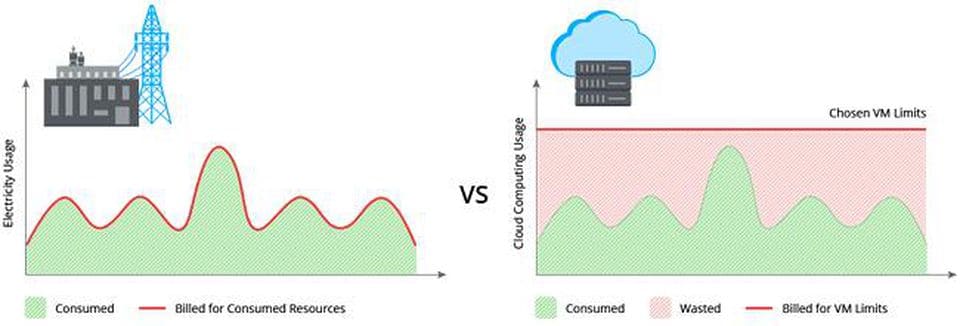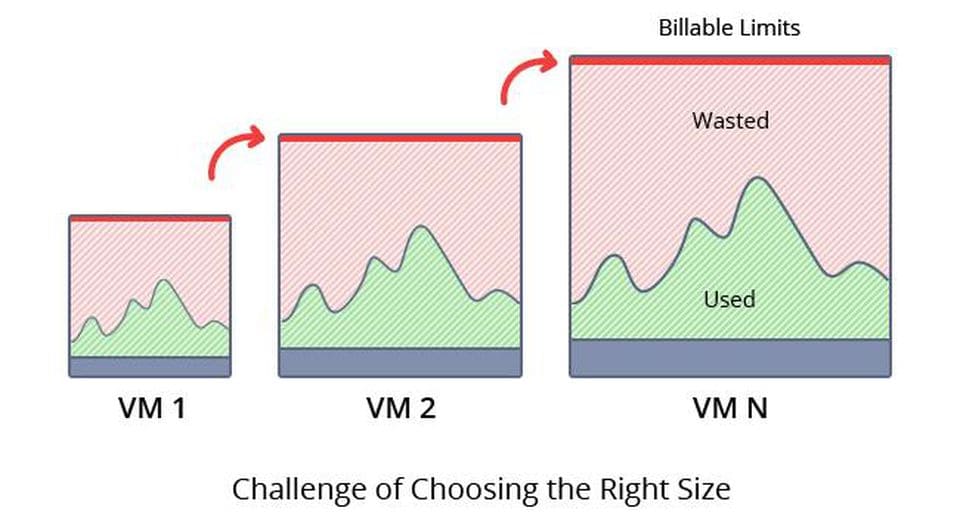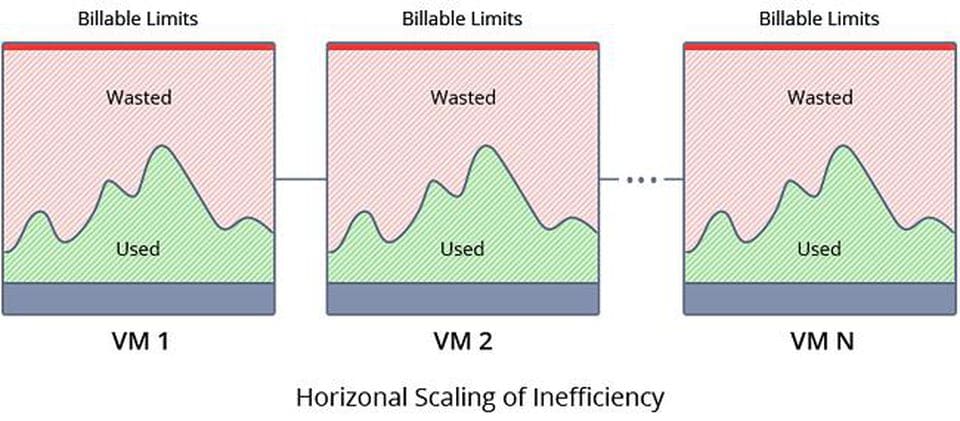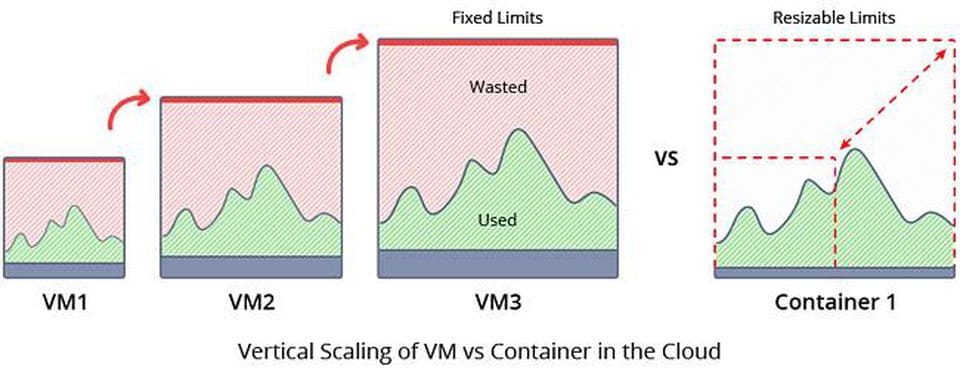Consumption of cloud computing is quite often compared to electricity usage because both the technologies provide resources as per demand and are based on the so called ‘pay as you go’ concept. However, unlike the cloud computing technology, people don’t buy electricity in chunks and it is not possible to guess the right amount of electricity needed in advance and also the electricity bill does not double when you use a bit more units of electricity.

Cloud computing has been a prominent technological advancement in terms of both ease of deployment and ensuring affordability. Cloud computing can be determined as one of the most disruptive technologies belonging to the last decade.
We live in an era of continuous change and cloud technology seems to be unsettling. This is because a great amount of cloud resources are wasted creating loopholes in this highly efficient technology; this is particularly true about cloud computing resources and storage. Many business organizations do not perform routine checks in order to determine how much capacity they are utilizing; therefore in most of the cases they end up over paying for resources that are not utilized.
When you sign up for cloud computing with any cloud vendor and when a particular cloud instance has to be deployed, you will be offered a wide range of virtual machine (VM) sizes to select from.
The first challenge faced by the user is to determine the exact size that is sufficient for a good performance during an average load time and it should also consist of extra breathing space in order to scale inside the machine that you are using. The second challenge comes up when your current virtual machine (VM) is small and not sufficient for your project needs and you have to upgrade to a VM that has higher power and that is generally twice as large.

The main issue here is that – you are always over-allocating more than what you actually need specially during the low-use and idle times. As a result, you continue to pay for the reserved and allocated resources that are actually unused ones. When you start expanding your infrastructure horizontally by adding more VMs, what you are basically doing is adding up to the problem by having more VMs with unused capacity. The wasted resources increase equally thus causing a further decline in efficiency.

The ‘pay as you go’ billing concept in cloud computing is not really as flexible as the billing of electricity. It is not possible for the user to order a VM accurately that suits your project requirements precisely at a given moment and scales without any additional configurations and migration efforts as the load increases. As a result, you end up ordering bigger VMs and continue paying for unused resources.
The cloud computing solution at MilesWeb cloud powered by Jelastic is billed on a ‘pay as you use’ concept and therefore the end users do not end up buying additional capacity in advance and they are charged for the real resource consumption. It became possible to implement this billing model for the entire platform as a service (PaaS) layer because of the introduction of containers that ensure more flexibility based on the size of your load at a given point of time. During the last 3-4 years, there has been a noticeable shift to the container technology that added a uniqueness to resource slicing. As a result, it is possible to scale every container vertically on the go taking the load changes at the moment into consideration. Thereby, the user pays for the real consumption and there is no need of making any complex re-configurations in order to keep up with the project growth.
Even then, there is no evident active movement as far as the ‘pay as you use’ concept is concerned as more of the cloud vendors do not offer pure container-based cloud environments. Therefore, if you host containers within a VM, you are restricted to the size of the VM and end up paying for the unused resources as well.

It is obvious that the return on your investment depends on:
- The cloud vendor you select
- The resource unit considered as the scaling step
- Availability of automatic scaling etc.
In order to gain maximum efficiency, it is important to go with a cloud vendor that offers the ‘pay as you use’ pricing model along with small scaling steps and easy resizing based on the load so that extra resources are not reserved beforehand without the real need.
This is the time when the IT industry is pressurized to do more with less and cloud efficiency that was once disruptive is now being distorted. You as a consumer have the right to demand for changes from the cloud vendors. The success of container technology is a great opportunity and it is also a wake-up call for the new concepts of cloud computing that continue to emerge thus disrupting the affordability aspect.
Watch the video to find out how the MilesWeb cloud hosting works, how you will be charged, how it’s different and unique from other cloud hosting vendors.
https://www.youtube.com/watch?v=JduZQtrOjXc







